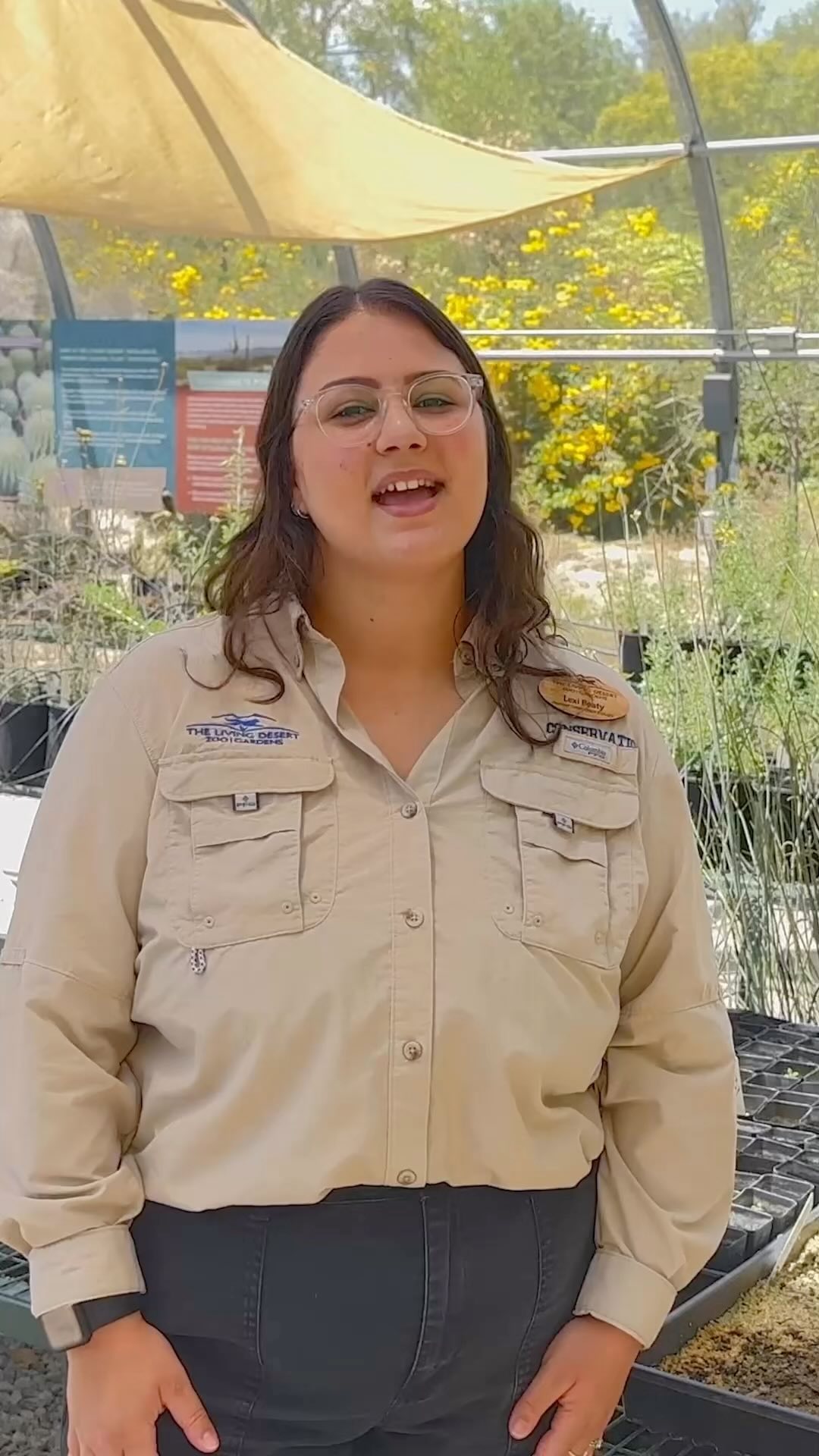The world of pollinators is fascinating, filled with tiny creatures that have a mighty impact on our environment. From bees to butterflies, hummingbirds to bats, these small creatures play a crucial role in pollination, allowing plants to reproduce and thrive. It is estimated that pollinators are responsible for one out of every three bites of food we eat!
At The Living Desert, we understand pollinators’ importance and their vital role in our ecosystem. That’s why we have embarked on the East Valley Pollinator Pathway Project, a mission to restore pollinator habitats in the Coachella Valley. By creating high-quality habitats with safe nectar and host plants, we are ensuring that local and migrating pollinators have a place to thrive.
But why are pollinators so important? Let’s explore some unique and fascinating aspects of these incredible creatures.
First and foremost, pollinators are nature’s matchmakers. They facilitate the transfer of pollen from the male part of a flower to the female part, allowing plants to reproduce. Many plant species would struggle to survive without pollinators and eventually become extinct. This would devastate our ecosystems and the countless other species that depend on these plants for food and shelter.
Bees, in particular, are essential pollinators. They can carry large amounts of pollen on their bodies due to the electrostatic charge that builds up as they fly. This makes them incredibly efficient pollinators. A single honeybee can visit up to 5,000 flowers in a single day!
But it’s not just bees that play a crucial role in pollination. With their vibrant colors and delicate wings, butterflies are also important pollinators. They are particularly attracted to flowers with bright colors and strong fragrances. As they feed on nectar, they inadvertently pick up and transfer pollen from flower to flower.
Hummingbirds, known for their incredible hovering ability and long beaks, are another pollinators that deserve our attention. These tiny birds have a unique relationship with flowers that have long, tubular shapes. As they feed on the nectar deep within these flowers, their faces become covered in pollen, which they then transfer to other flowers as they move from Plant to Plant.
Bats, often associated with Halloween and spooky tales, are also important pollinators, especially in tropical and desert regions. Over 500 species of plants depend on bats for pollination. Bats are attracted to flowers that open at night and have a strong odor, such as those found on cacti and agave plants. They play a vital role in pollinating these plants, ensuring their survival and diversity.
So, what can we do to help restore pollinator populations and ensure their continued impact on our environment? Here are a few simple steps you can take:
1. Plant native, pollinator-friendly plants in your home garden. Choose plants that provide nectar and pollen for pollinators. Examples include milkweed, coneflower, and bee balm. These plants benefit pollinators and add beauty and diversity to your garden.
2. Eliminate the use of pesticides. Many pesticides harm pollinators and can disrupt their reproductive systems, navigation abilities, and overall health. Instead, opt for natural pest control methods, such as companion planting and biological controls, to keep your garden free from pests.
3. Provide nesting sites for birds. Birds, such as hummingbirds and certain species of bees, require suitable nesting sites to raise their young. You can create nesting sites by installing birdhouses or leaving dead tree branches in your garden.
4. Spread the word about the importance of protecting pollinators. Education is key in creating awareness and inspiring others to take action. Talk to your friends, family, and neighbors about pollinators’ critical role in our environment and the small steps we can take to protect them.
By implementing these simple actions, we can all contribute to the restoration of pollinator habitats and ensure that these remarkable creatures continue to thrive. The pollinators may be small, but their impact is indeed mighty, and it is up to us to safeguard their future. Join us on the East Valley Pollinator Pathway Project and participate in something special. Together, we can make a difference!
*****
Source Description
Pollinators may be small, but their impact is mighty!
The Living Desert’s East Valley Pollinator Pathway Project is focused on restoring pollinator habitats within the Coachella Valley, ensuring that our local and migrating pollinators will have high-quality habitats with safe nectar and host plants to thrive.
You can help restore pollinator populations, too!
🌿 Plant native, pollinator-friendly plants in your home garden
🐝 Eliminate the use of pesticides
🐦 Provide nesting sites for birds
🎤 Help to spread the word about the importance of protecting pollinators


